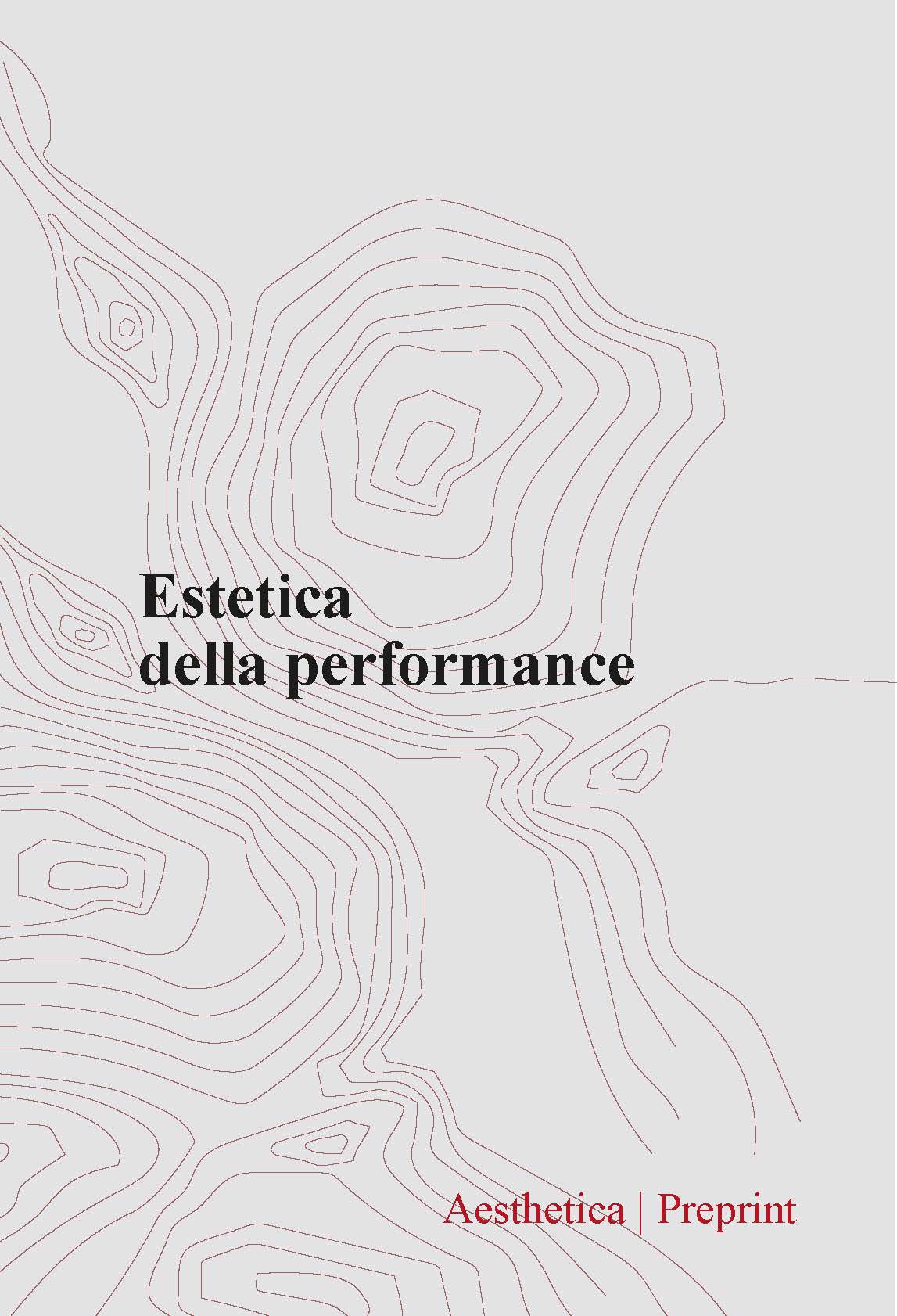Abstract
The legacies embedded within societies that have experienced profoundly calamitous historical episodes, genocides, mass slaughters, and autocratic regimes, precipitate a complex question for decision-makers: to what degree is the act of remembrance more equitable than the choice of oblivion? Following the collapse of Enver Hoxha’s communist dictatorship (1988-1992), Albania was confronted with the intricate legacy of its dissonant heritage. An initial inclination to repudiate the severe oppression – despite the omnipresent reminders interwoven in the nation’s topography (such as bunkers, military edifices, and modified landscapes) – gave way to the Albanian people resolve to actively engage with their historical shadow. Through the resemantization of sites and landscapes, this contribution discusses the construction of collective memory among Albanian citizens, describing the aesthetic practices adopted to create a novel narration in public spaces. Specifically, it analyzes two underground museums, which are two anti-nuclear bunkers of the communist era: Bunk’Art1 and Bunk’Art2. In conclusion, the paper explores the impact of these interventions, questioning whether excessive aestheticization risks becoming a double-edged sword: that is, a weapon of the utmost importance at first, but harmless, if not penalizing, the moment it is adopted excessively and with a very short time frame on the remainders of the landscape. Particularly highlighted is the concern that such practices may fail to acknowledge the necessity of time in the constitution of collective memory, and that excessive aestheticization might untimely lead to its opposite, i.e. practices of a completely anesthetic character.

